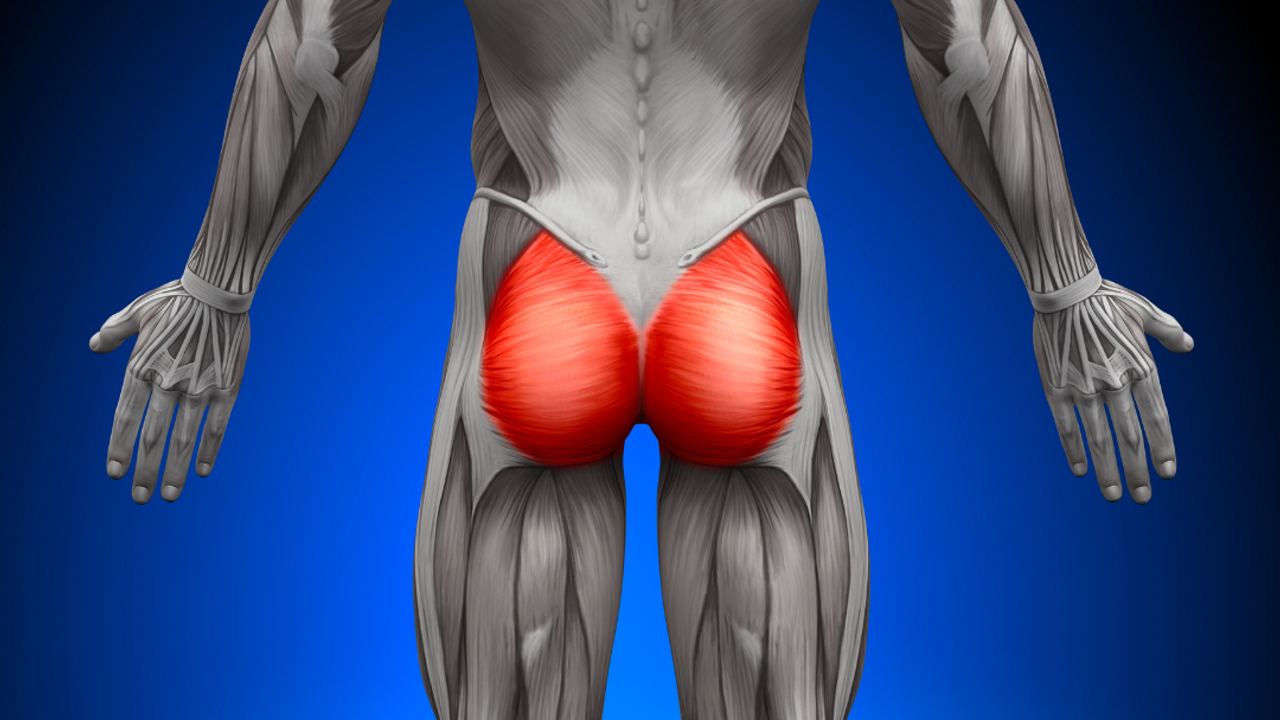Which Exercises Activate the Gluteus Maximus the Most?
There are many glute exercises out there. Some are traditional exercises that have been done for years, some are modernized or modified versions of exercises, and others are just gimmicky. So many glute exercises…but which ones should you do?
Let me start off with the obvious answer: It depends. Your exercise selection should be matched to your training history, goals, and individual characteristics (injuries, imbalances, etc.). Now that I got that out of the way, let’s talk about the exercises. A systematic review of the literature was published in March 2020 comparing gluteus medius activation levels across a variety of different exercises. In no particular order, they analyzed all variations of back squats, front squats, belt squats, overhead squats, split squats, single leg squats, lunges, deadlifts, hip thrusts, and step-ups.
Before looking at the list below, keep in mind that the research was focused on gluteus maximus activation. Other factors, such as load, fatigue, velocity, etc. could affect activation patterns for different people. Okay, here is the list in order from highest to lowest gluteus maximus activation:
Step-Up
Lateral Step-Up
Diagonal Step-Up
Crossover Step-Up
Hex Bar Deadlift
Rotation Barbell Hip Thrust
Traditional Barbell Hip Thrust
American Barbell Hip Thrust
Belt Squat
Split Squat
In-Line Lunge
Traditional Lunge
Pull Barbell Hip Thrust
Modified Single Leg Squat
Traditional Deadlift
Band Hip Thrust
Parallel Back Squat
Feet-Away Barbell Hip Thrust
Front Squat
Stiff-Leg Deadlift
Overhead Squat
Sumo Deadlift
Partial Back Squat
Full Back Squat
The step-up exercise and its variations presented the highest levels of gluteus maximus activation followed by several loaded exercises and their variations, such as deadlifts, hip thrusts, lunges, and squats.
This list will come in hand when programming for glute hypertrophy, hip extension strength, or accessory work for Olympic or power lifts. Just because an exercise has higher activation patterns for the gluteus maximus does not necessarily mean it’s a better exercise. Exercise programming should be tailored to the individual and offer a variety of exercises.
Corey Hall, PT, DPT
Article: Gluteus Maximus Activation During Common Strength and Hypertrophy Exercises: A Systematic Review

